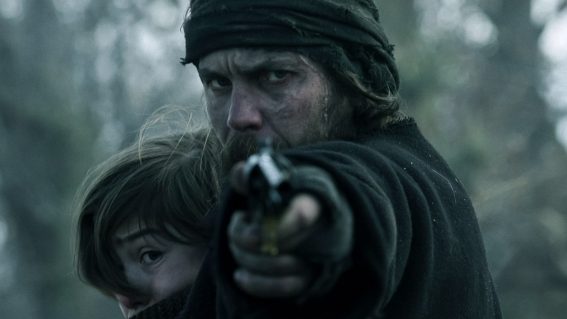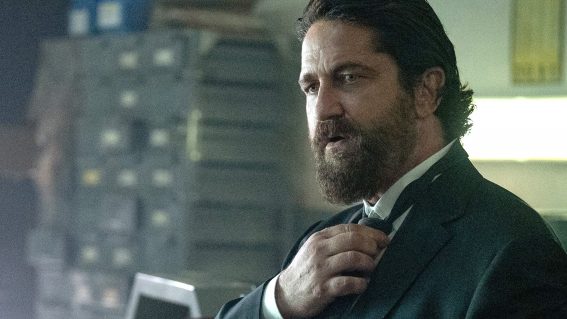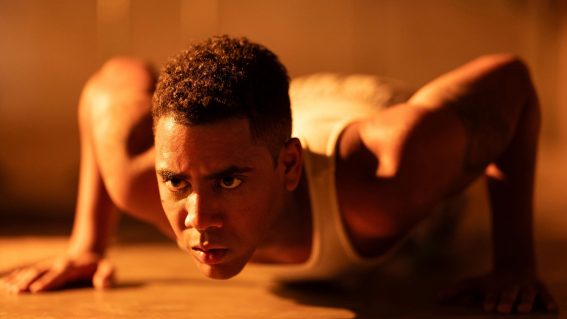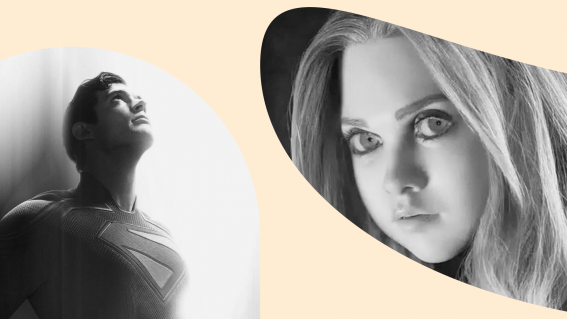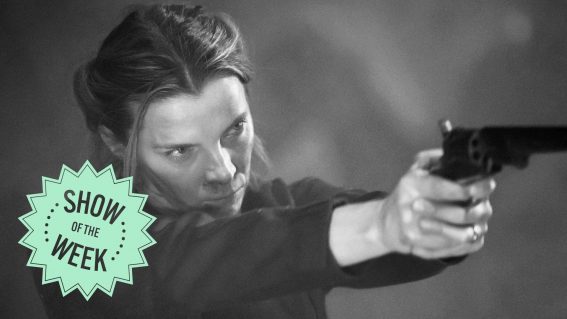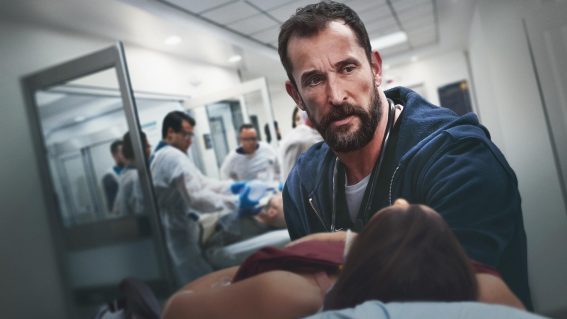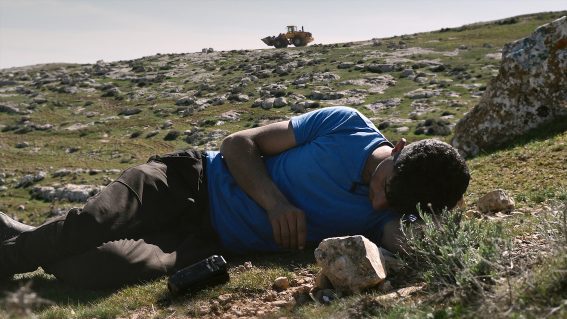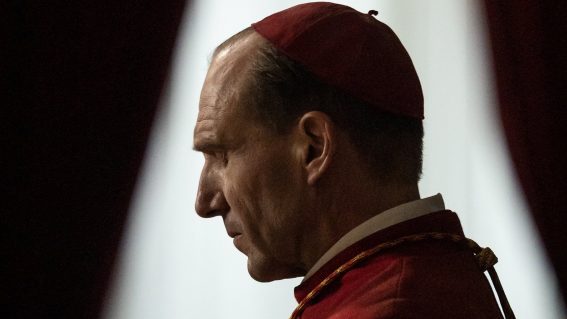The opening scene of The Wonder and three more magnificently meta movie sets
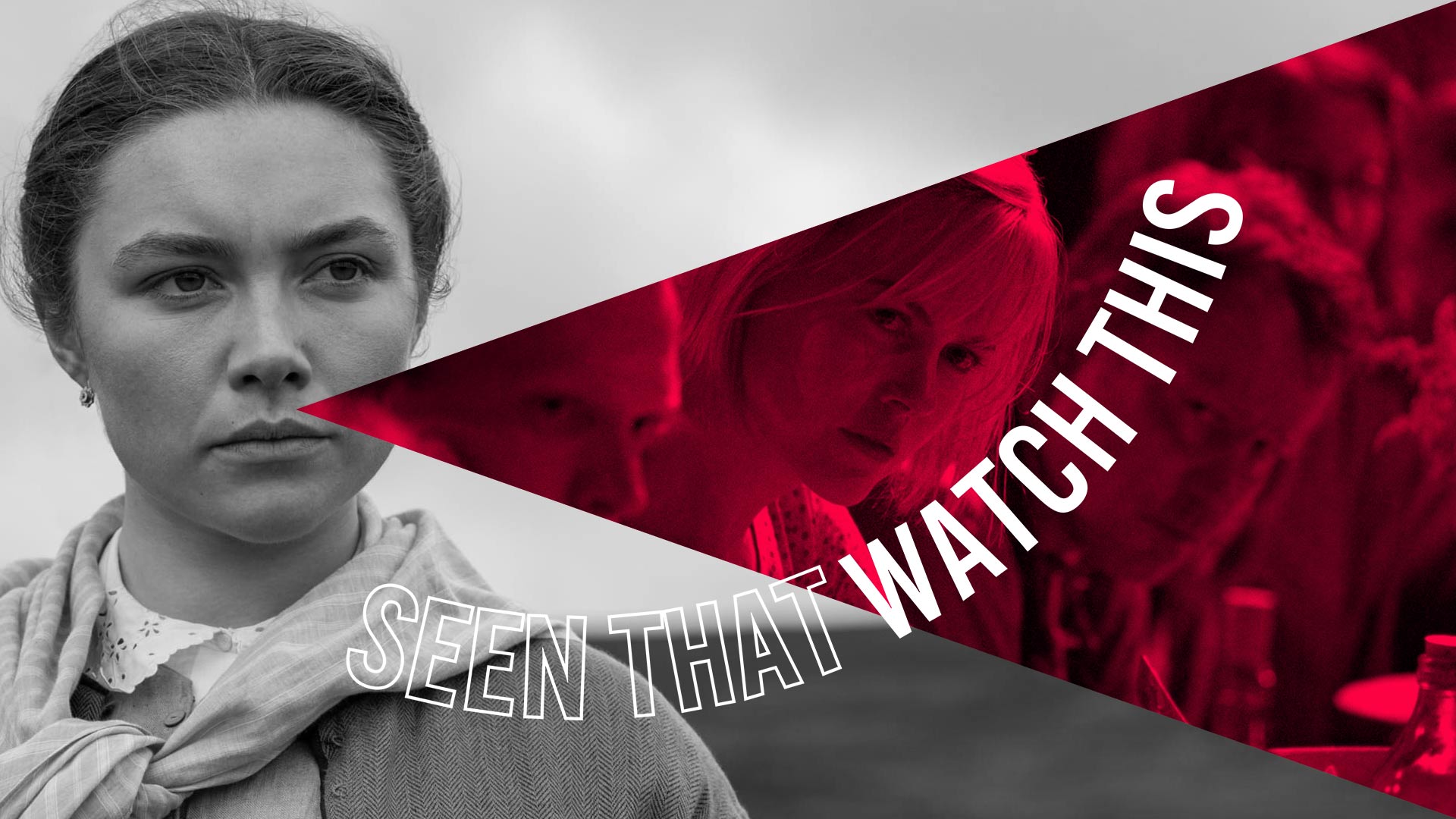
Seen That? Watch This is a weekly column from critic Luke Buckmaster, taking a new release and matching it to comparable works. This week, The Wonder (particularly its opening scene) and three other films with mind-boggling sets.
There are many reasons to praise Sebastián Lelio’s period drama The Wonder, starring Florence Pugh as a nurse in the 19th century who investigates the mystery of a young girl who supposedly exists only on “manna from heaven.” Meaning: food delivered straight from heaven to her gut. Meaning: no big breakfast; no late night Maccas runs; no real food at all. Is this girl a biological anomaly? Is just a clever ruse? Or divine intervention?! Lelio not only introduces a compelling mystery—the easy bit—but also delivers a dramatically satisfying resolution, which is far more difficult.
But the scene from The Wonder that hasn’t stopped bouncing around my mind is the very first one, before that mystery has even been established. The introductory shot shows a contemporary soundstage, housing partially built constructions including a wooden building with a gable roof. The ground is strewn with boxes, tubs, lights, cables, a dolly track and various bits of machinery.
As we’re getting our bearings—this is clearly a film set, and it ain’t 19th century England—a female narrator says: “Hello. This is the beginning. The beginning of a film called The The Wonder. The people you are about to meet, the characters, believe in their stories with complete devotion. We are nothing without stories. And so we invite you to believe in this one.”
The woman continues, introducing the year as 1862 and seemingly inserting herself into the story (“we left England, bound for Ireland…”). The shot remains unbroken as the camera ventures inside a wooden room, located on the same soundstage, which we recognise as the bowels of a ship. It inches towards Pugh, seated at a table eating. Then the film proper begins, the director leaving behind the modern world and immersing us in the “actual” period setting. Around 25 minutes in, a brief moment loops back to that strange prologue, though it remains essentially detached from the narrative.
Or…is it integral to the entire experience? This moment of crazy meta-ness made me wonder: what are other memorable examples of weirdly meta movie sets? Scroll for three.
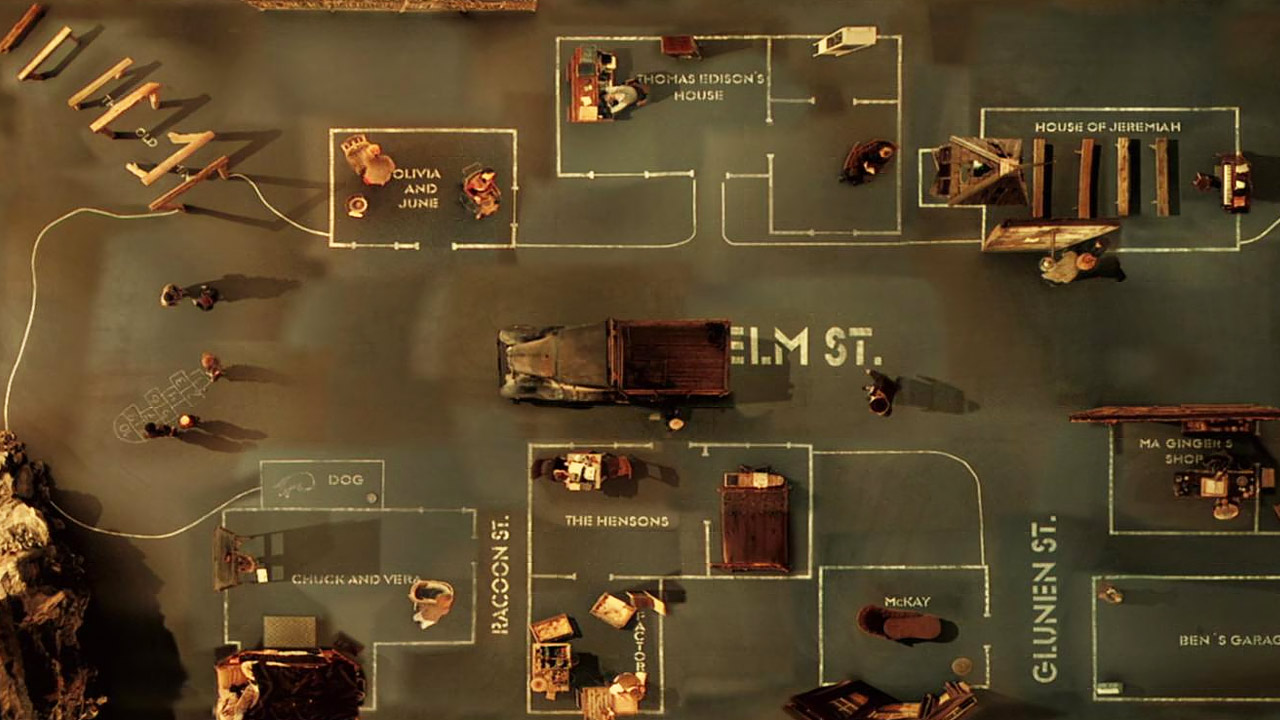
Dogville (2003)
Lars von Trier’s small town drama draws attention to the dominance of film sets by removing them entirely. This nearly three hour production (sadly difficult to find on streaming platforms) takes place on a bare soundstage, where the outline of buildings—painted in white on the floor—exist in lieu of the buildings themselves. There are some props (such as a desk, bed and radio) but mostly it’s just empty blackened-out space, waiting to be filled by the performances and story details.
John Hurt’s narrator describes the town’s buildings as “pretty wretched” and “more like shacks,” but we have to take his word for it. Life in town is jerked out of its quaint rhythms by the arrival of Nicole Kidman’s Grace Mulligan, a woman on the run from a gangster husband, who draws to the surface various prejudices and crises—revealing the townspeople to be sadists, xenophobes and racists. Intending to rewatch the film for this article (or its sequel, 2005’s Manderlay, with Bryce Dallas Howard replacing Kidman), I couldn’t find anywhere to stream it. Making me wonder whether it might have all been a dream…
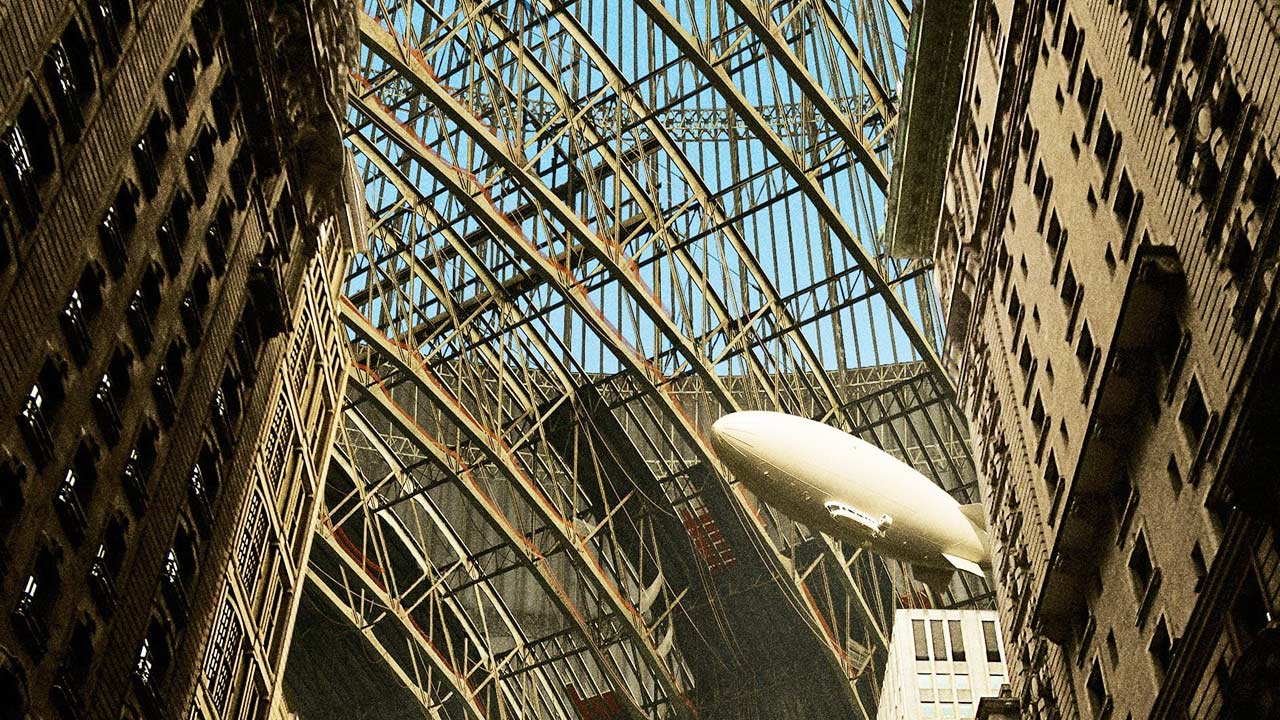
Synecdoche, New York (2008)
In Charlie Kauffman’s sad and surreal film, Philip Seymour Hoffman plays Caden Cotard—a flaky theatre director who constructs an enormous city-sized set, where he hopes to stage a magnum opus that sensationally blurs the line between art and reality. He sees the world less as a stage per se than a kind of matryoshka doll of performative simulations, one inside another, each no more or no less “real”. Cotard fills his humongous set with actors who perform in character around the clock, then messes things up by hiring doppelgangers to play the actors playing…the actors?
This set exists inside the reality of the picture, so it doesn’t come at you from a higher tier of existence like the soundstage in The Wonder. That scene exists on an outer layer, whereas Synecdoche’s meta innovations spiral inwards: deeper and deeper into the idea that art imitates reality and vice versa. Late in the runtime, there’s a sublimely strange scene following Cotard as he walks through his now crumbling, ruinous set, the detritus around him like broken pieces of his memory and imagination.
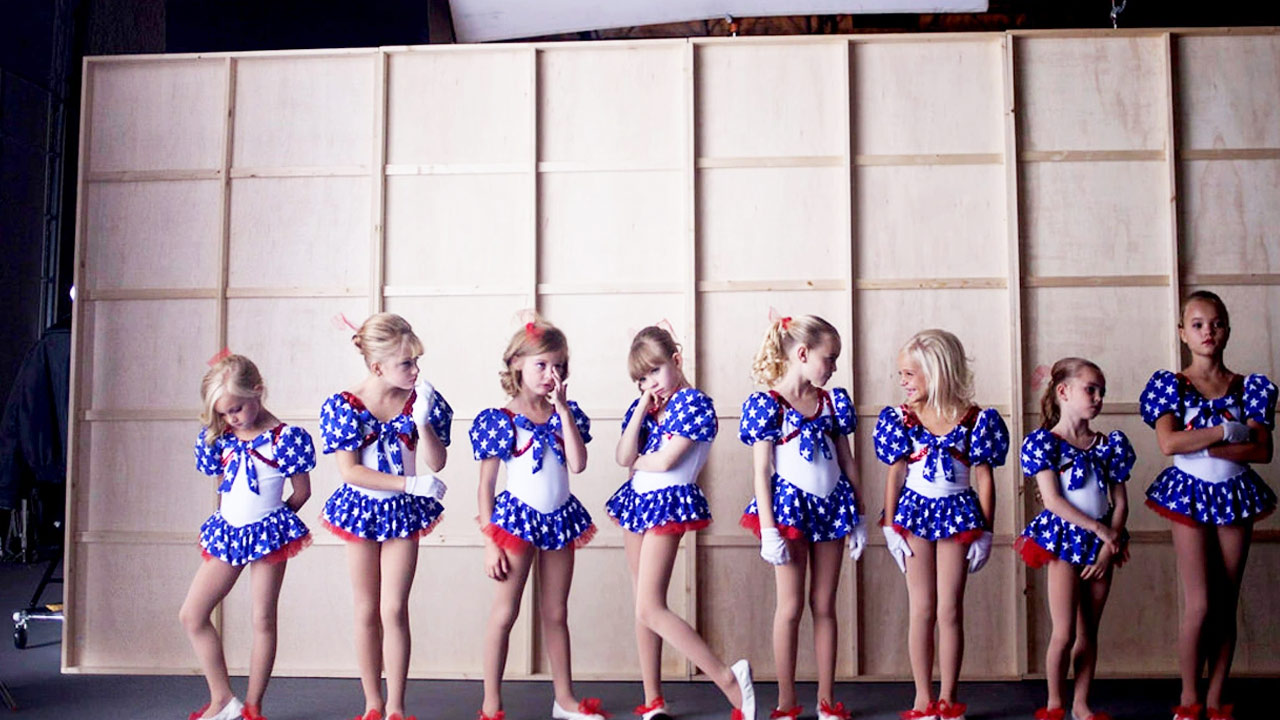
Casting JonBenet (2017)
The soundstages Kitty Green reveals towards the end of her remarkable quasi-documentary (a tough film to define) reiterate her point that no story exists without context. And that there’s no such thing as one “right” or “true” perspective. Especially not in a narrative as unclear as the death of JonBenét Ramsey, whose murder in 1996 became a media sensation in America but remains unsolved. That doesn’t stop the “subjects” in the film from endlessly prattling on about the case, as if they knew the intricacies of it and can personally relate.
“Subjects” are in quotations because these people are just actors auditioning for roles in a film about Ramsey—unaware that their audition tapes will form the backbone of the production. This is a film with lots of talking, but the last 15 minutes are atmospheric and visual. We see actors performing emotional reactions in bedrooms, a hallway, and a bathroom. Then we see these locations with multiple actors wearing identical costumes (implying an endless feedback loop of characterisation and performance) followed by visions of the soundstage they’re situated on, including film set lights and a dolly track. The film is about how humans simultaneously construct and dismantle realities, using narratives to transfer actual events in legend, and people into myths.







